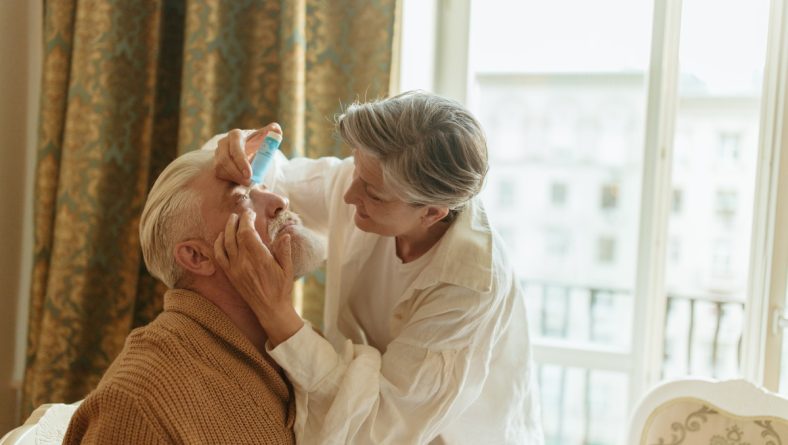Types of Eye Drops In The Market

Eye Drops are saline solutions with medications that treat eye conditions. They contain no medication and are meant to moisten the eyes or rinse out foreign bodies. Lubricating eye drops
add to the eye’s natural moisture by relieving dryness and irritation. Artificial tears also promote surface healing of an injured eye, bringing comfort by lessening the sensation of its surface scratch and washing out any contamination. When the eye is properly lubricated, it prevents further damage and flushes out any foreign particles stuck on the eye.
Anti-allergic drops ease the burning and stinging sensation of the eyes which are felt commonly with allergies. During allergy season, the use of medicated eye drops reduces the misery of experiencing the side effects of allergies. Anti-allergic drops also contain antihistamines or non-steroidal anti-inflammatory drugs. It can suppress the release of inflammatory substances from the eye’s mast cells. It also reduces the allergen.
Glaucoma drops also lessen the potential threat of blindness by relieving the pressure in the eye’s internal part which can harm the retina. Glaucoma drops are meant to reduce the fluid found
inside the eye’s internal part and also to promote the drainage of the fluid found inside the eye. Steroid and antibiotic eye drops are used regularly as a treatment for eye infections and to prevent bacterial growth after eye surgeries. It must be used continuously as prescribed or else the infection may reoccur. Mydriatic eye drops or dilating drops are used by eye specialists to view the eye’s internal part through the pupil.
Redness-relieving drops contain decongestants that restrict the conjunctiva’s blood vessels which make the eye appear whiter and must only be used for a couple of days because when overused,
the eye blood vessels will be dilated. Eye drops can aid us in eye problems but they must be used with care and precaution in order not to cause further eye problems.










 powerhousegroup.net
powerhousegroup.net